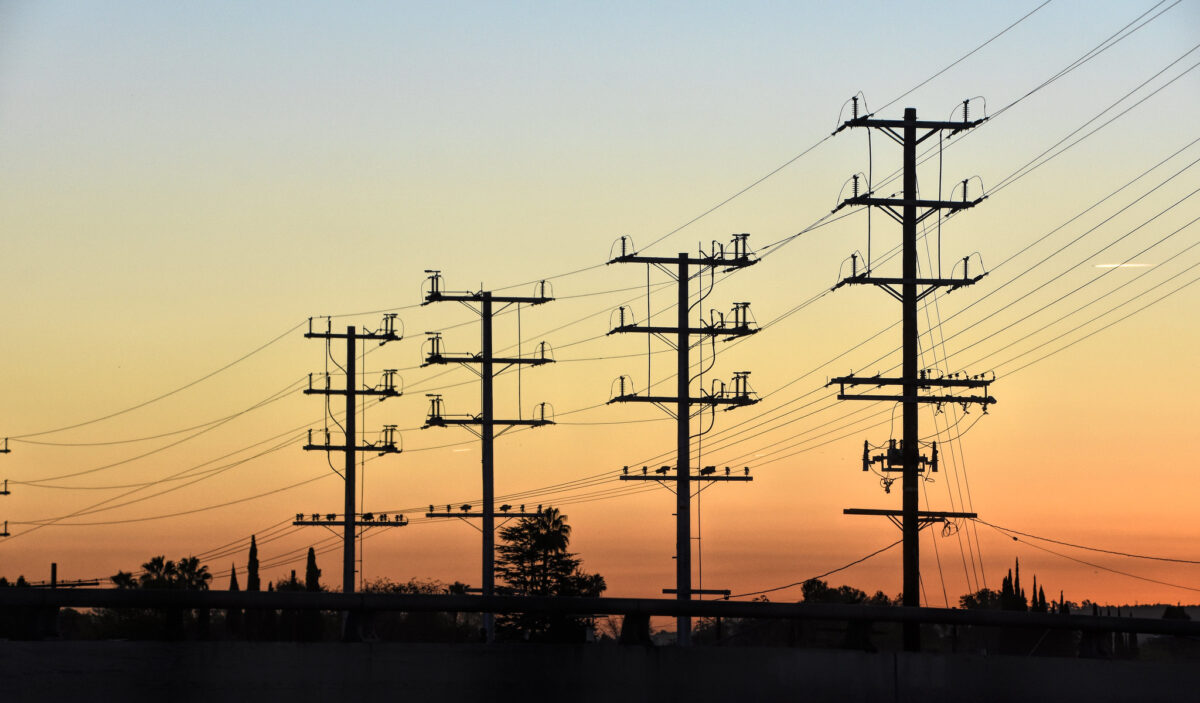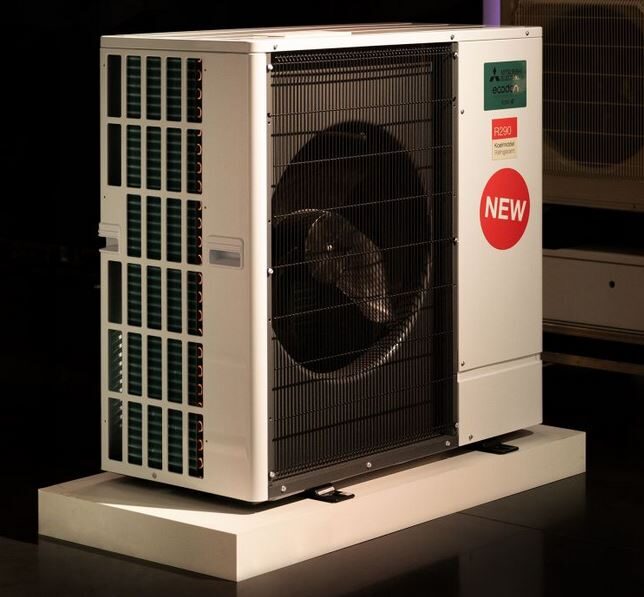Researchers from the Bern University of Applied Sciences (BFH) have proposed a series of measures to help solar PV increase its share in a given country's energy system without the need for building additional, costly distribution infrastructure.
In the “Discussion paper: Solution approaches for the grid integration of solar power,” the scientists explained that expanding the European grid, for example, would not solve the problem of having too much solar power injected into grids during load peaks, which may not be absorbed by the grid nor sold to consumers, due to the lack of enough demand.
“If we want to supply Italy with wind electricity from the North Sea, of course, we must increase the transmission capacity,” the research's lead author, Christof Bucher, told pv magazine. “However, at least in Switzerland, a lot of costs are associated with the distribution grid expansion to host more PV, which we think is the wrong way to push grid integration.”
The research group proposed a series of alternative measures that consumers and grid operators could employ to avoid grid expansion. They said a general incentive approach to grid-serving behavior should be encouraged.
For example, they claim that priority dispatch for PV may be avoided during peak times, thus forcing the PV system operators to use surplus solar power for batteries or electric vehicle (EV) charging. Priority dispatch has been an important tool to facilitate renewable energy integration into power systems in the past. It consists of prioritizing the injection of power produced by clean energy sources while offsetting conventional power production.
“There should be no right to feed load peaks into the grid when they are not relevant in terms of energy but are challenging and uneconomical for the overall system,” the paper notes.
Increasing self-consumption by PV system owners should also be encouraged. “However, one thing technical is missing: Self-consumption does not necessarily reduce stress on the grid – that’s why many grid operators don’t agree with current regulations, which throughout Europe typically support self-consumption,” Bucher stated. “If you do self-consumption for 95% of the time, but one week per year you are on vacation and do not do any self-consumption, then the whole grid infrastructure must be dimensioned for this one week. It would be very easy to avoid this situation, but currently there are no incentives to do so.”
The researchers also warned that PV curtailment will be unavoidable in the future. “Curtailment should be used, but not too much,” Bucher explained. “Anyway, it should be an economic decision of every individual PV system operator. My guess is that today, 50% of distribution grid reinforcement investments are spent for maybe 10% of the additional solar energy. This is far from the economic optimum.”
According to him, encouraging a free market vision and reducing subsidies may be only part of the solution. “I guess it will not be sufficient as a free market would not necessarily give a price to the infrastructure,” he added. “Therefore, our short-term vision is rather a shift from kilowatt-only based feed-in tariffs (FIT) towards higher tariffs for systems that avoid injecting power peaks. As system operators don’t.”
He also explained that, by not injecting 50% of power, most systems lose less than 5-10% of energy, with self-consumption being taken into account. “If PV system operators are offered a 20% higher FIT for this sort of system control, they should take this offer,” he said. “And, of course, this could be implemented cost-neutral, with those who inject more power getting a lower FIT.
“In the view of the authors, it is more expedient to invest in the decentralized handling of power peaks than in the expansion of the distribution grid,” the paper concludes.
This content is protected by copyright and may not be reused. If you want to cooperate with us and would like to reuse some of our content, please contact: editors@pv-magazine.com.




By implementing grid-serving behavior among PV system owners and promoting peak load reduction strategies, we can effectively manage the increasing penetration of solar PV without the need for costly grid expansion.
PV system owners and promoting peak load reduction strategies, we can effectively manage the increasing penetration of solar PV without the need for costly grid
By encouraging peak load reduction techniques among PV system owners, we may efficiently control the growing solar PV penetration without requiring expensive grid
Promoting the adoption of peak load reduction techniques among PV system owners allows us to effectively manage the increasing solar PV penetration without the need for costly grid enhancements.
He also explained that, by not injecting 50% of power, most systems lose less than 5-10% of energy, with self-consumption being taken into account.
Thank you for this! The research from Bern University suggests ways to use solar power more effectively without spending a lot on expanding the electricity grid. They found that simply making changes to how solar energy is used during busy times could help without needing expensive upgrades to the grid. This could make solar power more useful and accessible for everyone.
He also told that, by not injecting 53% of the power
Encouraging PV system owners to reduce peak loads can manage high solar PV penetration without costly grid upgrades.
Thanks
Good information for me god bless you
very informative
Great information. The interesting part was “If PV system operators are offered a 20% higher FIT for this sort of system control, they should take this offer,”.
New research explores priority dispatch for solar PV during peak loads, examining its impact on grid stability, energy costs, and renewable integration. This study seeks to optimize solar utilization, reduce reliance on non-renewable sources, and enhance overall grid efficiency during high demand.
Swiss scientists argue that expanding distribution grids isn’t needed for increasing solar PV’s share in energy systems. They recommend reducing peak loads by promoting grid-serving behavior among PV system owners. However, they warn that priority dispatch for PV during peak loads could become problematic, suggesting the use of surplus solar for batteries or EV charging instead.
New research investigates the impact of priority dispatch for solar PV systems during peak load periods. This study aims to optimize energy distribution, reduce grid stress, and enhance the efficiency of renewable energy integration.
Very informative, Thanks
Swiss researchers suggest that addressing peak load issues in solar PV integration doesn’t necessarily require expanding distribution grids. Instead, they advocate for shifting to a model where PV system operators are incentivized to manage their output more effectively, such as through self-consumption and battery storage. By implementing higher feed-in tariffs for systems that avoid peak load injections and promoting grid-serving behaviors, the need for costly infrastructure expansions can be reduced while optimizing the economic integration of solar power.
Thanks for sharing this amazing information
This research provides a critical assessment of integrating solar PV without expanding costly grid infrastructure. The proposal to shift from priority dispatch during peak loads and encourage grid-serving behavior, such as using batteries and EVs for surplus power, offers a practical solution to mitigate load stress.
Implementing higher tariffs for systems that minimize peak injection and incentivizing controlled self-consumption could balance grid stability without stalling PV adoption. The shift toward dynamic, behavior-based tariffs reflects a logical step in aligning economic incentives with grid sustainability.
This research suggests that instead of expanding costly grid infrastructure, solar PV growth could be managed by encouraging PV owners to reduce peak loads through self-consumption and battery storage. By adjusting feed-in tariffs based on peak load contributions, grid stress can be minimized. This approach offers a cost-effective way to increase solar PV integration without overburdening the grid.
very amazing.. Visit urdu quotes
This research highlights a crucial shift in managing solar PV integration more sustainably. Instead of costly grid expansions, incentivizing PV system owners to adopt grid-serving behaviors like self-consumption and battery storage is a practical solution. By aligning economic incentives—such as dynamic feed-in tariffs that reward systems minimizing peak load injections—with grid sustainability, we can balance renewable growth and infrastructure constraints.
The proposal also reflects a step towards decentralizing energy management, allowing operators to optimize surplus power use for EV charging or storage. For those looking to explore such sustainable solutions or related technologies, platforms like watsapp can provide further insights into digital tools fostering energy efficiency.
This is a fascinating take on optimizing solar PV dispatch during peak loads! As the energy sector evolves, solutions like these demonstrate the importance of adaptability—similar to how Flexible Staffing Solutions empower businesses to efficiently manage resources and demands. Excited to see how innovations like this shape the future of energy!
This blog highlights a critical discussion on optimizing solar PV dispatch during peak loads. It’s fascinating how innovative solutions in renewable energy align with the principles of Agile Services & IT Project Management, emphasizing adaptability and efficiency in addressing modern challenges. Great insights, thank you for sharing!
This research brings up some crucial points about the efficiency and practicality of priority dispatch for solar PV systems during peak load times. It’s important to continue evaluating how renewable energy sources like solar can be better integrated into the grid to optimize their potential. As the energy landscape evolves, solutions that balance reliability and sustainability will be key to advancing solar energy adoption.
Thank you for sharing these valuable insights! These research questions offer a solid foundation for exploring the optimization of solar PV during peak loads. We can now delve deeper into how priority dispatch strategies can improve grid stability and economic outcomes. We appreciate your contribution to this important area of research.
Thank you for sharing these valuable insights! These research questions offer a solid foundation for exploring the optimization of solar PV during peak loads
The article provides valuable insights into new research questioning the priority dispatch for solar PV during peak loads. It raises important points about balancing energy demand and supply while considering the role of renewable energy sources like solar. As we transition to more sustainable energy solutions, it’s crucial to continue exploring and optimizing these systems for efficiency. This research opens up avenues for further discussion on how solar energy can be integrated more effectively into grid management.
This is an interesting perspective on solar PV dispatch during peak loads. Balancing grid stability while maximizing renewable energy usage is a critical challenge. It would be great to see more research on how storage solutions and smart grid technologies can help optimize solar PV integration without compromising reliability.
According to him, encouraging a free market vision and reducing subsidies may be only part of the solution. “I guess it will not be sufficient as a free market would not necessarily give a price to the infrastructure,” he added.
Balancing grid stability while maximizing solar PV integration is a complex challenge. Prioritizing dispatch during peak loads must consider both efficiency and reliability to ensure sustainable energy distribution.
By encouraging PV system owners to adopt grid-supportive practices and emphasizing strategies to reduce peak demand, we can efficiently handle the growing use of solar PV without requiring expensive grid upgrades.